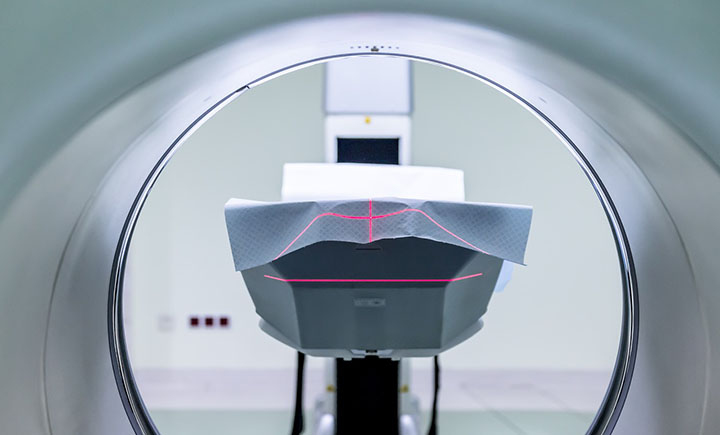Using MR Imaging to detect heart disease
Amber Doiron recently published a study that helps doctors accurately diagnose heart disease. The twist is that it could also help with any disease or disorder that involves inflammation.

In 2013, research assistant professor Amber Doiron from the Binghamton University Biomedical Engineering Department began work on a study meant to determine a patient’s risk of heart attack or stroke. The study was published this year and has implications of an even wider benefit than heart disease detection alone.
The study, titled “Activatable interpolymer complex-superparamagnetic iron oxide nanoparticles as magnetic resonance contrast agents sensitive to oxidative stress,” was published in the peer-reviewed journal Colloids and Surfaces B: Biointerfaces.
Doiron and a fellow researcher at Temple University received a two-year, $418,000 grant from the National Institute of Biomedical Imaging and Bioengineering to support this project. The original proposal was concerned with finding a way to tell if someone is likely to have a heart attack.
When the study first began in 2013, Doiron explained that it really was a guessing game. “Doctors use factors like blood pressure and cholesterol level to get an idea of a patient’s risk. Then they use plaque size as a general measure of whether a person has the disease. But there’s a fairly poor correlation between plaque size and heart attack or stroke.”
While the study was able to find a better way to predict heart attacks, their solution also has bigger implications.
“We created a nanoparticle-based contrast agent for MRI,” explained Doiron. “It can theoretically be injected and when activated, we can actually see areas of inflammation on the MRI scan.”
Being able to detect inflammation is how Doiron’s study will help doctors predict the effects of heart disease with better accuracy.
However, the nanoparticle can also be used to pick up other types of inflammation throughout the body. Inflammation is a common factor in many other diseases so potentially “any inflammatory disease could be detected in this way,” said Doiron.
The list of diseases or disorders related to inflammation is a long one. It includes common ones like allergies and asthma as well as the more complex like hepatitis and transplant rejection.
With continued research, this study will help doctors detect inflammatory diseases sooner and pinpoint where the inflammation is in the body via the MRI scan.

